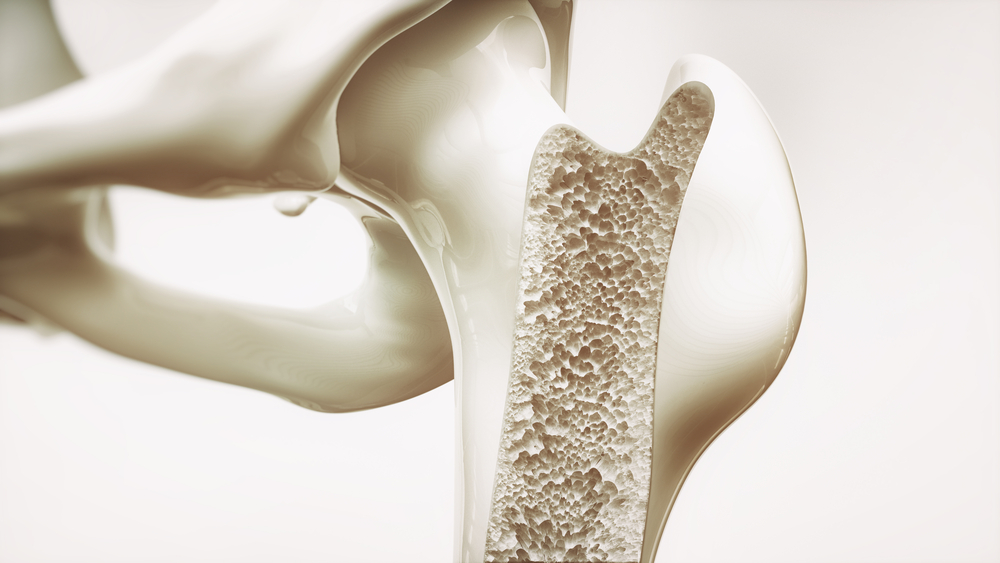MECP2 Mutation Type Predicts Rett Syndrome Bone Disease Severity, Study Finds

The type of mutation in the MECP2 gene in people with Rett syndrome is a strong predictor of bone disease severity, a study suggests.
Patients with more severe mutations in the gene showed greater bone deterioration, and were more likely to have scoliosis (spine curvature) and walking problems, the study found.
Understanding the relationship between these mutations and patients’ clinical features may help clinicians better counsel patients regarding prognosis, and to adjust inclusion criteria and outcomes of clinical trials, the researchers said.
The study, “Methyl-CpG-binding protein 2 (MECP2) mutation type is associated with bone disease severity in Rett syndrome,” was published in the journal BMC Medical Genetics.
Rett syndrome is a rare neurological disorder that affects girls almost exclusively. In 90% to 95% of patients, Rett is caused by mutations in the MECP2 gene, which gives instructions to produce the MECP2 protein. Hundreds of Rett-causing MECP2 mutations have been identified. These can lead to developmental delays, as well as impaired speech and hand skills.
People with Rett syndrome have significantly lower bone mineral density (BMD), which leads to a higher risk of fractures, especially in the femur. The incidence of scoliosis is also high in Rett patients.
Previous research has found that patients’ clinical severity is influenced by the type of MECP2 mutation. Mutations known as R106T, R168X, R255X, R270X, as well as large deletions in this gene, have been linked to severity.
Scientists at the University of Siena in Italy investigated whether specific mutations in the MECP2 gene affect skeletal involvement and bone characteristics of Rett patients.
They looked at 232 girls and young women with Rett, with a mean age of 13.8, who had been referred to the university’s department of pediatric neuropsychiatry.
All underwent dual energy X-ray absorptiometry to assess BMD in the whole body and femoral regions. Quantitative ultrasound was used to assess bone fractures in the phalanxes (bones of the fingers and toes).
Researchers also noted patients’ walking ability, fracture history, and presence of scoliosis, and grouped the participants according to clinical severity and mutation type.
Results showed that those with mutations deemed more severe had lower BMD than patients with less severe genetic changes. However, this was only statistically significant for the femoral bone density results. Lean mass was also significantly lower in the most severe mutation group, as was an ultrasound parameter called bone transmission time, which indicates bone density and strength.
Scoliosis was more frequent in the most severe mutation group (60%) than in the less severe mutation group (36.7%). Inability to walk was also significantly more common in the more severe mutations group (77.1%, compared with 48.3%).
“To our knowledge, this study is the first to assess the contribution of specific MECP2 mutations to bone mineral density, presence of fractures, presence of scoliosis and ambulatory capacity in subjects with Rett syndrome,” the researchers wrote.
Bone involvement in Rett syndrome has been explained by more generic risk factors, such as poor nutrition, lower mobility, increased inflammation, and therapies’ adverse effects — similar to anti-epileptic treatments.
More recent studies in mice suggest that these bone abnormalities are linked to MECP2 protein deficiency, and that they may be reversed by reactivating the MECP2 gene.
Determining the link between specific mutations and severity of symptoms allows not only more insight into the MECP2 protein function, but also may “enable healthcare providers to better counsel individuals regarding bone disease prognosis,” the researchers said.






